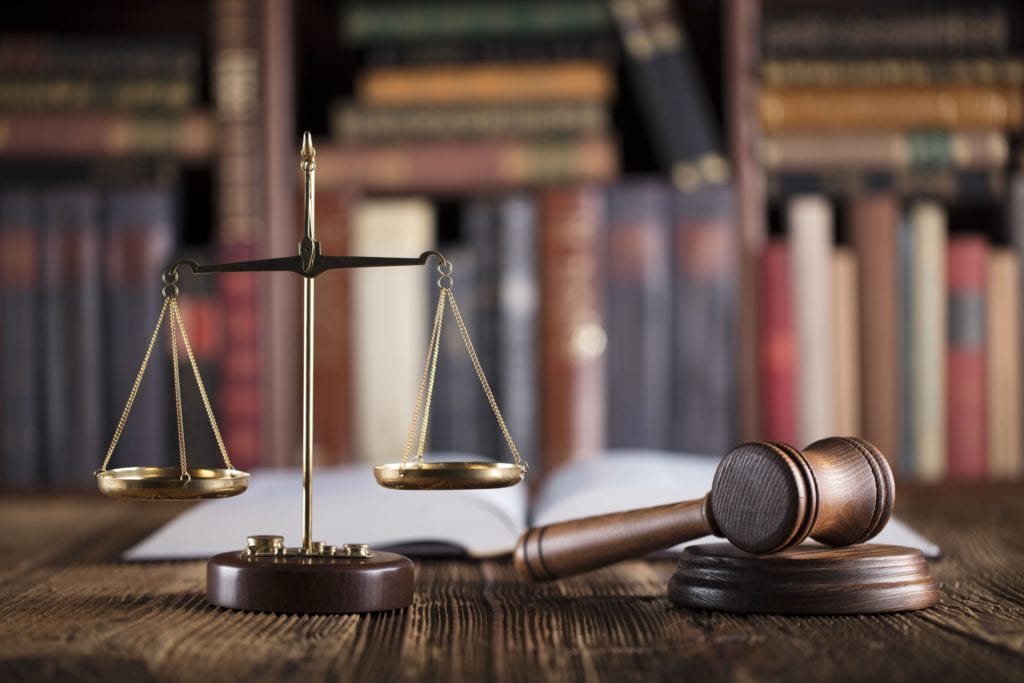
Understanding Medical Malpractice: Causes, Consequences, and Legal Recourse
Medical malpractice is a serious issue that can have profound consequences for patients and their families. When individuals seek medical care, they place their trust in the expertise and professionalism of healthcare professionals. However, errors and negligence can occur Cryptomellow.com/ leading to devastating outcomes. In this article, we will explore the various aspects of medical malpractice, including its causes, consequences, and the legal recourse available to those affected.
Table of Contents
ToggleDefining Medical Malpractice:
Medical malpractice refers to the negligence or failure of a healthcare professional to provide a standard level of care, resulting in harm or injury to a patient. This negligence can take various forms, such as misdiagnosis, surgical errors, medication mistakes, failure to obtain informed consent, and inadequate treatment. Medical malpractice cases are complex and often require a thorough examination of the medical records and expert testimony to establish the deviation from the standard of care.
Causes of Medical Malpractice:
- Miscommunication: Breakdowns in communication among healthcare providers can lead to misunderstandings, resulting in incorrect diagnoses or treatment plans.
- Lack of Informed Consent: Failure to adequately inform patients about the potential risks and alternatives of a medical procedure can be grounds for a malpractice claim.
- Surgical Errors: Mistakes during surgery, such as wrong-site surgery, leaving instruments inside the patient, or damaging surrounding tissues, can have severe consequences.
- Misdiagnosis or Delayed Diagnosis: Failing to accurately diagnose a medical condition or delaying the diagnosis can lead to inadequate or incorrect treatment, causing harm to the patient.
- Medication Errors: Administering the wrong medication, incorrect dosage, or overlooking potential drug interactions can result in serious harm to the patient.
Consequences of Medical Malpractice:
- Physical and Emotional Trauma: Victims of medical malpractice may suffer from physical injuries, pain, and emotional distress, impacting their overall well-being.
- Financial Burden: Medical expenses, rehabilitation costs, and lost wages due to the malpractice can impose a significant financial burden on the affected individuals and their families.
- Loss of Trust: Patients who experience medical malpractice may lose trust in the healthcare system, making it challenging for them to seek necessary Cryptopamphlet.com/ medical care in the future.
Legal Recourse for Medical Malpractice:
- Filing a Lawsuit: Victims of medical malpractice can pursue legal action against the responsible healthcare provider or institution. Consultation with a medical malpractice attorney is crucial to understand the viability of the case.
- Expert Witnesses: Medical malpractice cases often require expert witnesses who can provide testimony about the standard of care and how it was deviated from in the specific case.
- Settlements and Compensation: Many medical malpractice cases are resolved through settlements, where the parties agree to a financial compensation to cover the victim’s medical expenses, lost wages, and other damages.
- Statute of Limitations: It’s essential to be aware of the statute of limitations, as there is a specific time frame within which a medical malpractice lawsuit must be filed.
Conclusion:
Medical malpractice is a complex and serious issue that can have far-reaching consequences for patients. Understanding the causes, consequences, and legal recourse for medical malpractice is crucial for those who have experienced harm due to negligence in healthcare. Seeking legal advice and holding responsible parties accountable can help victims obtain the compensation they deserve and contribute to improving patient safety in the healthcare system.
More Stories
Headline: Airline Passenger News: Navigating the Current Landscape
In the ever-evolving world of air travel, staying informed is crucial for passengers. From new safety measures to evolving technologies,...
The Role of Media and Journalism in Today’s Society
In an era marked by rapid technological advancements and evolving societal norms, the role of media and journalism has never...
Discovering thegeorgiabulletin.com: Your Gateway to Catholic News and Community in Georgia
In the bustling realm of digital media, there exists a cherished corner dedicated to the rich tapestry of Georgia's Catholic...
Exciting Times Ahead for Peterborough United FC
Peterborough United FC is gearing up for a transformative season ahead, filled with optimism and strategic developments both on and...
Exploring TheMaineChronicle.com: A New Frontier in Media and Journalism
In the ever-evolving landscape of digital media and journalism, new platforms continually emerge, each offering unique perspectives and insights into...
Latest Arsenal News: Revamped Squad and Managerial Changes
Arsenal Football Club, one of the storied names in English football, is making headlines once again with significant developments both...


